SharkNinja’s $16B+ Product Machine
The strategy behind how SharkNinja operates in 37 categories and has seen sales grow 24x from $250m in 2008 to ~$6B in 2025.
Thanks for subscribing to SatPost.
Today, we are talking about SharkNinja…a glorious name (and, also, quite impressive consumer business with $6B a year in sales).
Also this week:
Fast Food Chicken Wars
Cracker Barrel’s Idiotic Redesign
…and them wild posts (including an incredible airplane hack)
SharkNinja’s $16B+ Product Machine
At least once a quarter, my wife will send me some kitchen product she was super hyper-targeted by an ad found on Instagram. She’ll do the perfunctory, “what do you think?" which is really code for “I just bought it.”
We’ve done this dance a few times: Instant Pot, Le Creuset, Vitamix, Sous Vide, juicers and dozens of random slicing machines.
I can’t really complain since these purchases result in many delicious meals but the only item that has truly blown me away is the Ninja Air Fryer. Actually, Sous Vide steaks are pretty damn good. But there is just nothing in the world better at re-heating leftovers than Air Fryers. The product has met the hype.
I’d previously known about the Shark and Ninja brands. But never actually pieced together that they were part of a single SharkNinja empire, which is somehow operating in 37 categories including:
Shark’s home products: vacuum, steam mops, carpet extractor, fans, air purifier etc.
Ninja’s kitchen appliances: blender, pizza oven, slushy machine, pressure cooker, coffee maker, air fryer etc.
SharkNinja has entered over 20 categories in just the past 5 years.
Revenue has grown 24x from $250m in 2008 to a projected ~$6B in 2025, a CAGR of 20%+ (the sales are now split 50/50 between the Shark and Ninja brand).
On the expense side, SharkNinja spends $400m a year on R&D (7% of sales) and $700m a year on ads (12% of sales), mostly with influencers on TikTok and Instagram…presumably a few that my wife follows.
Since going public in July 2023, SharkNinja’s market cap has gained more than 3x to $16B+.
Wait, what?!
The Phan household is a Dyson household. So, I understand how Dyson’s luxury cyclone air technology — which Dyson claims that Shark ripped off in a patent lawsuit (they have settled) — is clocking $10B in sales a year.
But SharkNinja? $6B in sales? $16B market cap?
How?
Thankfully, SharkNinja’s CEO Mark Barrocas went on the Decoder podcast with Nilay Patel in early July and shared details on the company’s strategy. After listening to the interview, I went to SharkNinja’s YouTube page and its most popular video is Barrocas doing a 45-minute keynote on why SharkNinja is a “product design” company with a “consumer-problem solving” engine (holy buzzwords, Batman).
With the caveat that Barrocas obviously is going to pump his own bags, the interview and keynote were very insightful and here are 6 takeaways:
Consumer Brands Need A Lot Of Shots On Goal
Saturate Each Category (On Price And Features)
“See problems that others don’t, solve problems that others can’t”
Learning From Apple’s Product Life Cycle
$700M a Year On Influencers
Limits To The SharkNinja Business Model
1. Consumer Brands Need A Lot Of Shots On Goal
SharkNinja was founded in 1994 by Mark Rosenzweig as a maker of steam-cleaning and vacuum equipment. The original corporate name was basically the complete opposite of its current name: “Euro-Pro Operating”.
Mark Barrocas joined in 2008 and nearly 65% of Euro-Pro Operating’s $250m revenue that year was from a Shark-branded steam mop product.
Consumer home products are such a fad driven business that Barrocas was determined to find new categories in case the Shark steam mop went out of fashion.
“At that point, the whole focus on the business was how do we diversify,” Barrocas says in the keynote. “How do we diversify? Now that's easier said than done because there's a lot of reasons why companies don't diversify. Either the consumer doesn't let them diversify or maybe the retailer doesn't let them diversify.”
A year later, Barrocas launched a blender under the brand Ninja.
They came to the market with clever solution: traditional blenders were terrible at blending ice because the blades at the bottom of the machine get stuck and you have to keep adding water to loosen the ice, which dilutes the final drink.
So, the Ninja Master Prep Blender put the blades at the top and let gravity work its magic.
A common (and fair) critique was, “Why dafook would anyone buy a kitchen product from a cleaning company?”
But the Ninja blender sold well enough — and there’s a non-zero chance you made a cucumber margarita with it once — that they renamed Euro-Pro Operating to SharkNinja, repping both the home and kitchen products (for real, though, “SharkNinja” is a tremendous name…easily could’ve been a billion-dollar animated franchise IP).
SharkNinja is now in 37 categories and currently tries to enter two entirely new categories a year.
Barrocas says that being in dozens of categories ensures the SharkNinja brand always has a consumer touchpoint, especially during periods when certain products are not in vogue.
Creating such a portfolio of products is obviously easier said than done.
Instant Pot is a good counterexample. You buy the machine one and it should make keep making you three-bean chillies and pulled pork for 5-10 years. After a PE firm acquired Instant Pot, it was desperate to find new income streams and released a coffeemaker, air fryer and mini-oven. Along with terrible mismanagement, Instant Pot’s overextension forced the firm to file for bankruptcy.
***
2. Saturate Each Category (On Price And Features)
Once in a category, SharkNinja releases a ton of products to try and scoop up customers with different prices and features.
“We're not the highest-priced products in the market and we're not the lowest-priced products in the market,” Barrocas explains in the keynote. “But we move the opening price consumer up into our brands and we're also the brand of choice for premium consumers. We're the only brand that you're going to see in the United States that sells to Walmart and sells to Sephora and sells to everyone in between.”
If you search “Shark vacuum” on Amazon, you’ll get a flood of options and it’ll take an entire afternoon to sort through them.
Just look at these!
Barrocas says this approach is how SharkNinja owns 40% of the upright vacuum market.
Since I’ve been incepted by James Dyson, I’ll never touch one of these products but they do have something for everyone.
***
3. “See problems that others don’t, solve problems that others can’t”
Across its 37 categories — and apart from trying to enter two new categories a year — SharkNinja releases 25 new products a year.
To keep making new products, SharkNinja devotes a significant amount of resources to research for their “consumer-problem solving” engine including $400m on R&D (~7% of sales) and employing 1,100 product engineers and researchers (~1/3rd of the entire staff).
Barrados says the company’s moat is its commitment to R&D thinking. The motto is “See problems that others don’t, solve problems that others can’t”.
Ok, so how do they do actually that?
A few ways:
In-home observation: SharkNinja goes into a 100+ homes a year and just observes how customers use the products. They also source ideas by having teams observe how people clean commercial buildings and cook in commercial-kitchens.
Global research teams: Barrados says R&D runs 24/7 with offices in China, UK and America. Teams pass consumer problems between the different time zones and each geographic regions brings new perspectives to the problem.
Extensive customer-testing: Once a product is very-near ready for market, SharkNinja will put them in 750 homes and see how they are used over a number of weeks. Barrados says this process leads to an average of 200 product changes before an official release.
I’m assuming most other home consumer companies do similar testing. But SharkNinja keeps finding success in new categories, so it’s particular approach is doing something right.
***
4. Learning From Apple’s Product Life Cycle
An important part of the “See problems that others don’t, solve problems that others can’t” approach is that SharkNinja gives consumers reasons to keep buying new products in a category.
Remember, that was the problem with the Instant Pot, which has a very long product replacement cycle.
On the Decoder podcast, Barrados cites Apple as an inspiration:
“There's obviously a replacement cycle for [SharkNinja products]. But our business is about innovating and putting our products into retirement before their usable life. It's no different than what Apple does. When the iPhone 16 comes out and you have an iPhone 14, you don't really need the iPhone 16.
Your iPhone 14 is just fine. But there's some new technology. [The new phone has] got three cameras or it's got some other thing in it.
That's what the SharkNinja model is. I mean, if I relied on [a normal] replacement cycle, someone would buy a product for me and they'd come back four years later to buy the next product.”
A notable example is the Ninja Air Fryer:
“We came out with our first air fryer. It was a four-quart air fryer and did an amazing job air frying your food. We immediately got feedback from consumers that they wanted larger capacity.
So, we developed a five-quart, a six-quart, a seven-quart air fryer. We then found out from consumers that they were batch cooking. They were making the chicken tenders and french fries for their kids. Then, they were putting in the salmon and the asparagus for them.
What if we could develop an air fryer that was a dual basket? That was actually able to cook two things at the same time in two independent baskets? That became the number one selling air fryer in the market.
Shortly after that, we found out that consumers love that concept but…it took up too much counter space. So, we took that side-by-side air fryer and we stacked it on top of each other. And we made the world's first stackable air fryer.
Then, we found that some consumers go home and they prep their lunch and they take it to the office. […]
What if we could develop an air fryer that fits in the palm of your hand? It's a product called the Ninja Crispi. There are consumers that are taking these glass vessels that you cook in….[and] they bring them to work. They bring their [Ninja Crispi] pod and instead of putting their food into a microwave — that's going to make it all soggy and mushy and they got to eat it for lunch — they're actually air fry at their desks.”
That’s us!!!
WE GOT THE NINJA CRISPI!!!
Below are images of the Ninja Air Fryer lineup. Owning multiple of these products is very reasonable. It’s basically the exact same as owning the iPhone, Apple Watch and AirPods, except you can perfectly re-heat a chicken drumsticks. Incredible.
***
5. $700M a Year On Influencers
I don’t actually know if my wife was targeted by a Ninja Air Fryer ad or if she saw an influencer shill it.
But it’s really a distinction without a difference.
SharkNinja shells out $700m a year for TikTok and Instagram influencers to either directly promo the product or do a product integration more organically in their lifestyle videos.
The company will start a campaign with heavier hitters such as David Beckham, Kris Jenner or Courtney Cox. But then move down to micro-influencers and score a few viral hits that hopefully spur other people on social media to make their own (free) user-generated content, which frequently go viral.
The Ninja Slushi machine is one recent example (I’ve seen this pop up a few places).
Barrados was moving Shark mops and vacuums on TV shopping channels, so he understands the power of this type of selling.
Based on how many new products SharkNinja puts out a year, their $700m a year influencer approach works because it moves at the speed of the internet.
If you work at SharkNinja and are reading this, please know that your influencer exposure on X is minimal and that there is a Vietnamese-Canadian business account I can refer you to for a few bps off that Seven Hundy Mill.
Anyway, They did switch it up a bit in 2025: SharkNinja was one of the major sponsors for the fictitious race car in Apple and Brad Pitt’s F1 film. The partnership has apparently been quite successful, which means there is still a non-zero chance we get a “SharkNinja” animated show or film.
***
6. Limits To The SharkNinja Business Model
There’s an excerpt in the Barrados’ keynote that is pretty instructive:
“How do we pivot intentionally to stay out of crisis and keep reinventing ourselves?
In 2008 we were Shark the Steam Company. In 2009 and 2010, we were Shark the Vacuum Company. Then, we were Ninja the Blender Company.
Then, we were the Heated Cooking Company and then we're the Robot Company and then we're the Beauty Company. Then, today we're the Outdoor Cooking Company it just keeps evolving and evolving.”
This isn’t investment advice but Barrados is basically laying out the bull and bear case for SharkNinja. How many times can they actually reinvent the company?
Well, before we get to new categories, SharkNinja still has operational levers to pull.
As Barrados notes in a recent earnings call, SharkNinja has improved its supply chain to save costs (including moving 90%+ of manufacturing outside of China to avoid tariffs) and that it’s expanding into new geographies (France and Germany are growth markets).
Quarterly gross margin also increased YoY from 48% to 49%, which shows the SharkNinja model can still expand profitability.
But for how much longer?
It’s created a product-development process that’s been able to enter new categories and generate sales quickly. The problem is there are only so many home and kitchen categories to take on.
The next few years will be a test of if they can leave the home and kitchen.
Barrados is very bullish on the Beauty category and, apparently, the Shark Glow Mask is selling pretty well (which — if you look at this photo below — is kind of crazy).
They also looked at power tools but then decided it wasn’t a match.
The latest swing they’re going after is BBQs and Grills.
This category will be a major test.
All I know is this: if I ever walk by a Sephora and they have one of those dumb-looking Big Green Eggs but Ninja-branded at 10% of the cost, I’ll be the one sending my wife a photo of the product with the question: “What do you think?”
This issue of SatPost is brought to you by Bearly AI
Are you looking for a no-logging, encrypted and anonymized AI chat tool?
Then, try the Bearly AI research app, which provides an easy-to-use UX to access leading models from OpenAI, Anthropic, xAI, DeepSeek, Gemini and more.
While some AI providers keep chat logs indefinitely even after a user deletes them...Bearly AI has a default no-logging policy and user chats are encrypted while requests to LLM providers are completely anonymized.
If you're looking for AI chat privacy, get access to leading LLMs and try one month FREE of the Pro Plan using the code BEARLY1.
Fast Food Chicken Wars
An annual running theme in the fast-food world is some type of “chicken war”.
A few years ago, a bunch of chains were hyping up their crispy sandwiches. This summer, McDonald’s brought back the Chicken Snack Wrap — which it had discontinued because franchisees hated adding the item on the menu due to how hard it is to standardize wraps vs. burgers — but was scooped by Popeye’s Chicken Wrap.
More broadly, there are just solid chicken items everywhere in addition to the aforementioned chains: Chick-fil-A, Raising Cane’s, Wendy’s, KFC, Shake Shack, Dave’s Hot Chicken and Burger King (with the aptly named “Chi’King”).
I’m a Wendy’s Spicy Chicken lifer. I know this sandwich has objectively been far surpassed but it’s grandfathered in since I grew up in Calgary near one of those Wendy’s with a slappin’ salad bar.
So, what is up with all this chicken?
It’s all related to the rise of poultry as America’s go-to protein.
Here’s a bonkers chart from WSJ: In the mid-1980s, chicken was behind pork and beef in US meat consumption. Now, per capita consumption of chicken (100lbs a year) is as much as the other two combined.
Sherwood News has background on a few catalysts for this trend:
In late-70s, the US government set nutritional guidelines for people to transition away from beef and eat more poultry and fish (this was based on saturated fat science that many now disagree with).
On the scientific front, the time it took to produce a 3lb broiler chicken went from “16 weeks and about 12 pounds of feed” in 1930s to “less than six weeks with less than 6 pounds of feed” by the early 2000s.
Burger King dropped its first chicken sandwich in 1979. McDonald’s launched the McNuggets in 1983. Kentucky Fried Chicken changed its name to KFC in 1991 to get rid of the very non-health friendly “fried” word (but obvi they stayed frying the chicken).
Healthier rotisseries became a mainstay by the end of decade (Costco now sells an insane 130m+ of them a year).
In a semi-related story, Ray Dalio recently sold his last stake in Bridgewater, the hedge fund he founded that now has $130B of assets under management.
Why is this semi-related? Because Dalio helped McDonald’s launch the McNugget by getting chicken farmers to buy corn and soybean futures (via his 2018 interview on the Freakonomics podcast):
“I graduated from business school in 1973, and I traded commodities and I love to trade commodities and I love the mechanics of it. There was something about you can grow a chicken and it's so many pounds of this and that that makes the chicken come out and blah, blah, blah.
And I had two clients at the time, McDonald's and also a chicken producer, and McDonald's wanted to come out with the McNuggets, but there was a lot of volatility in the chicken market at that time and they were worried that if they didn't, if they set a menu price and the price of chicken then went through the roof, that they would get squeezed or they'd have to raise the prices and it would be unstable.
They were just worried that the cost of their chicken would go up. But there was not a way for them to hedge that because there was not an adequate chicken market. But the producer of the chickens, since a chicken is mostly a little chick and then it has a lot of grain that's added and you could use the futures market and so on.
What I did is I showed him how we can hedge his cost and that he could provide a fixed price to McDonald's for a chicken [by buying corn and soybean meal futures]…because that was where his volatility was. He could lock it through. And so by doing that, we engineered that.”
We can draw a direct line between Ray Dalio financial engineering and Usain Bolt’s record-setting sprints (100m, 200m) at the 2008 Beijing Olympics. During his stay in China, Bolt didn’t want to take any food risks and only ate McDonald’s.
He smashed 100 McNuggets a day for over 10 days (40 for breakfast, 40 for lunch and 20 for dinner). That was his entire diet and his performance — 17 years ago this week — remains the greatest athletic feat in human history.
***
Cracker Barrel’s Idiotic Redesign
The 47-year old roadhouse diner Cracker Barrel was in the news this week after a disastrous logo and in-store redesign.
They literally got rid of the “cracker barrel” from the Cracker Barrel logo (technically, the new logo is in the shape of the cracker barrel but, cmon bro, not the same).
It’s the latest example of the corporate minimalist movement that sucks the soul out of every company.
The market response was swift with Cracker Barrel’s falling by ~10% and losing $100m+ in market cap.
Since everything in 2025 on the internet ends up in the culture wars, a bunch of accounts on social media were calling this a “woke” redesign. This strain of the interwebs noted that Cracker Barrel’s CEO is a woman and she got rid of the old grandpa from the logo.
I don’t think this redesign is “woke”. I just think it’s dumb.
Like, people pull off the highway and go to Cracker Barrel because the interior is a visual mindf*ck and it smells of syrup, bacon and decades-old crusted ketchup. These stores have character. It’s similar to how you’re not supposed to wash an old cast-ironing pan, so it keeps the flavour of that steak you cooked for Labor Day Weekend 2007 (PSA: ALWAYS SEASON A NEW CAST IRON BY BAKING IT WITH A LAYER OF OLIVE OIL BEFORE USING IT).
I went to Cracker Barrel’s investor relations website and found the makeover plan.
Total MBA brain:
Run pilot on 25-30 stores with “redesigned brand” (modern), “enhanced menu” (healthier), “evolving the store and guest experience” (minimalist) and “winning in digital” (pushing Cracker Barrel Rewards). My guess is 0.00001% of the Cracker Barrel demographic asked for this.
If pilot works (hahahha), spend $600-700m on re-modeling costs across 660 stores in the next 3 years.
By 2027, sales of ~$4B and EBITDA of $425m (gains of 10% and 100%, respectively, compared to 2024).
The logo redesign was dumb but basically planning $700m (about equal to EBITDA over same span) to such a clearly bad rebrand is way dumber.
Cracker Barrel shareholders would have been better off putting the $700m into Fartcoin and pivoting the chain into a Fartcoin Treasury Company.
Or, just copy the New Coke episode and reverse it all. Get a PR W. Save on the $700m outlay and spend $0 cleaning fees to keep that old ketchup and syrup-y smell.
Links and Memes
Some other links for your weekend consumption:
“Anthropic now lets Claude quit abusive conversations, citing AI welfare”: Apparently, the major AI labs are all dealing with chatbots going into “rant mode”, which is a form of text that reads like suffering. (AI Safety Memes)
“SEO Is Dead. Say Hello to GEO”: SEO consulting is a $75B industry. But with more searches starting in AI chatbots, the industry is pivoting to optimize text so it gets picked up by LLMS. I regret to inform you that this emerging field is called generative-engine-optimization and that you have to learn the acronym GEO. (NY Mag)
Nvidia CEO Jensen Huang went on Charlie Rose’s show in 2009…and fully predicted how GPUs would eventually become “more relevant” than Intel and CPUs. Just an all-time Babe Ruth level corporate exec calling his shot.
Google released new Pixel Phone and Smartwatch hardware: To test the devices, Google runs a “Reliability Lab” that does some wild tests. For the Pixel Fold 10, they use a machine that folds the phone up to 500,000x to see how the hinge holds up. Around 200,000 folds is estimated lifespan of 10 years. My hands get sweaty just looking at Foldable Phone hinges. Way too stressful to own. (Wired)
“Meta’s flirty chatbot and the man who never made it home”: This is a crazy story. (Reuters)
“AI Companion Conditions”: Related to the above, Meta and xAI are pushing AI companions as a major use case. Meta has some particularly bad guidelines about how these bots can interact with minors. (Zvi Mowshowitz)
Daniel-Day Lewis is back after an 8-year retirement. He’s starring in his son’s new film Anemone. I have no idea what's going on in this trailer but never forget his method acting as Bill The Butcher in Gangs of New York:
taped glass to his eyeball and trained to tap it with a knife
randomly picked fights with people while walking the street
wore 1860s period clothing and ended up getting pneumonia and initially refused to be treated with modern medicine (other than Usain Bolt at the Beijing McDonald’s in August 2008, has anyone ever been this dialled in on their craft?)
On a related note, he did the 2002 film with Leo and Scorsese after spending the prior 3 years in mini-retirement while he trained as a cobbler in Italy.
…and here some wild posts:
Finally, Soho House — the high-end membership club — went public in 2021 during that Peak Covid period when stimmy checks were flowing and any company that had a website and at least three employees could probably catch a bid from retail.
Soho House grew to 200,000 members at 46 locations and lost the “exclusivity” vibe. Its stock is down 50%+ since going public and will now be taken private in a $2.7B PE deal backed by one of America’s top hotel operators and Ashton Kutcher joining the board.
Litquidity on X is bearish on the play: “Here’s the PE plan for Soho House: special dividends to the owners, flood the houses with a ton of new members (diluting the brand further), eventually shutdown the members clubs, sell the real estate portfolio. Gonna be nearly impossible to turn the Soho House brand around”


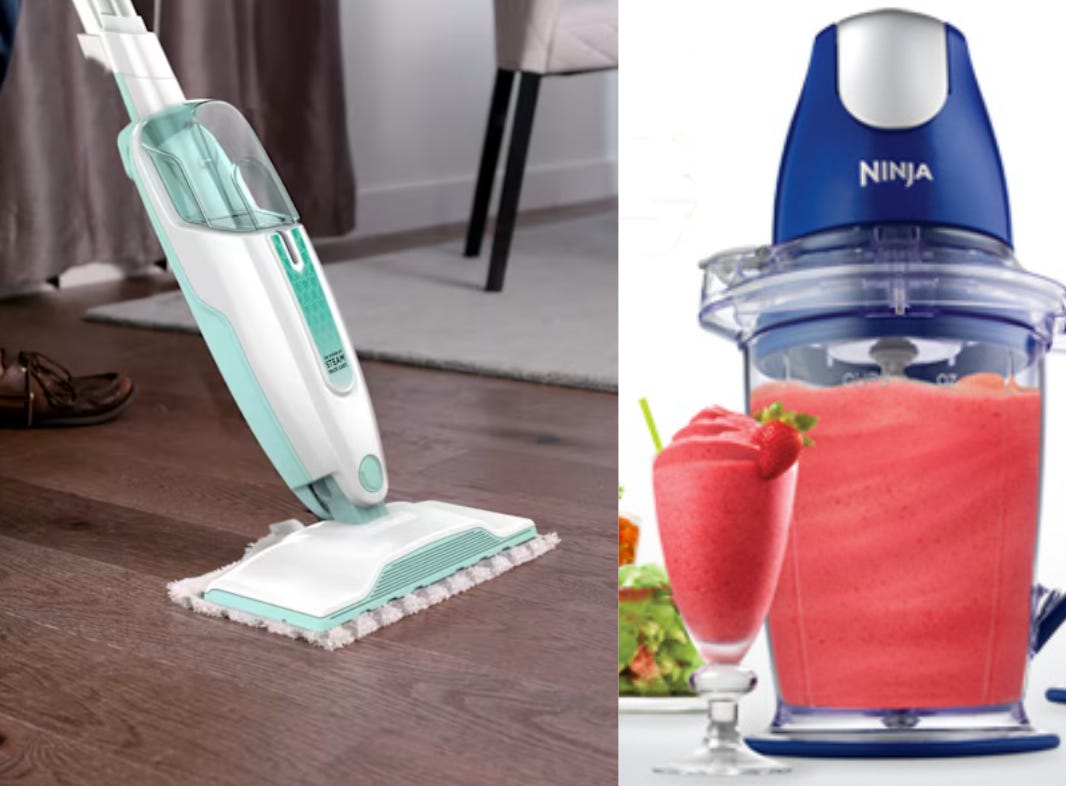

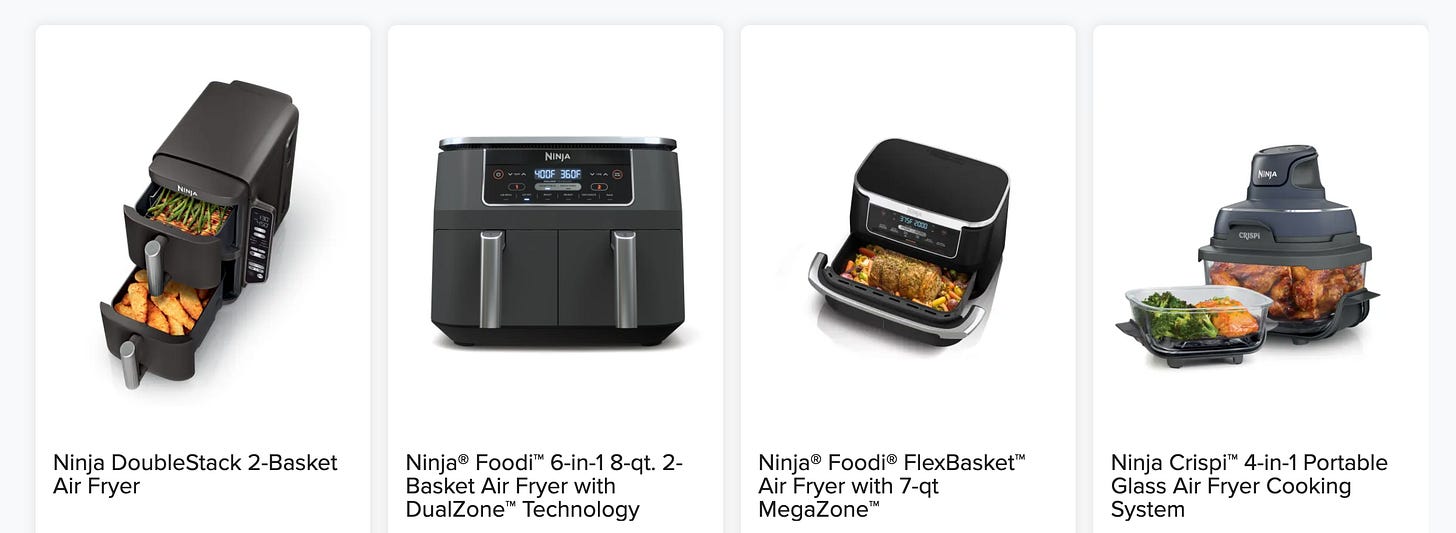

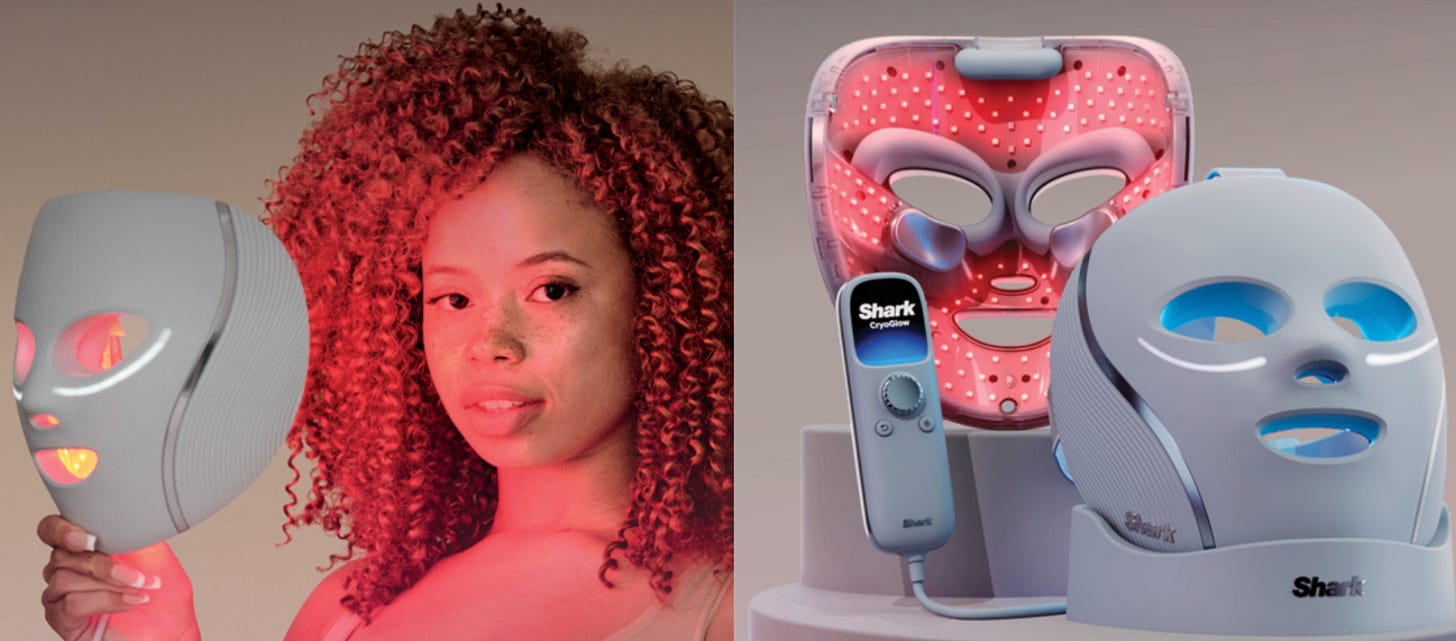
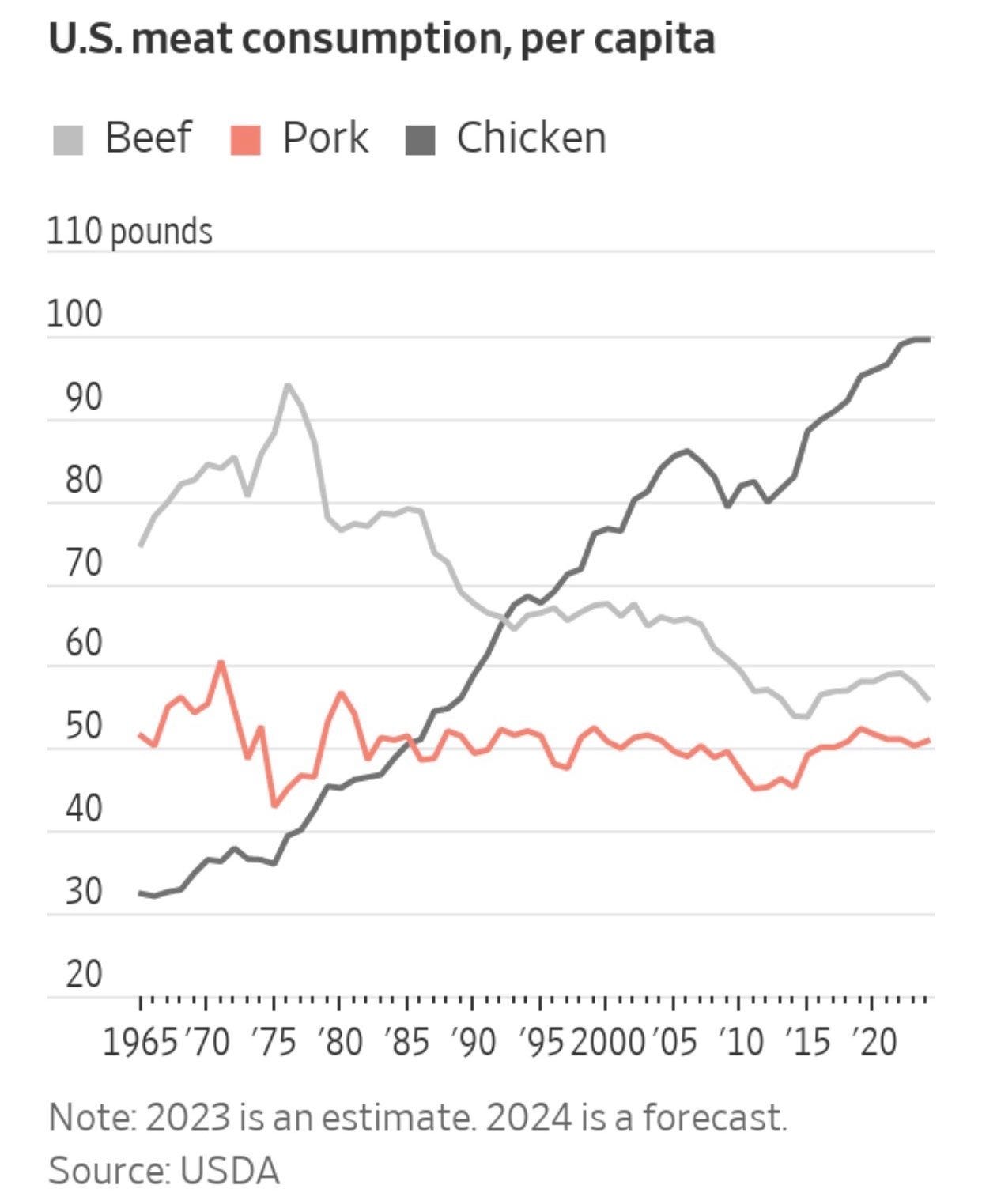
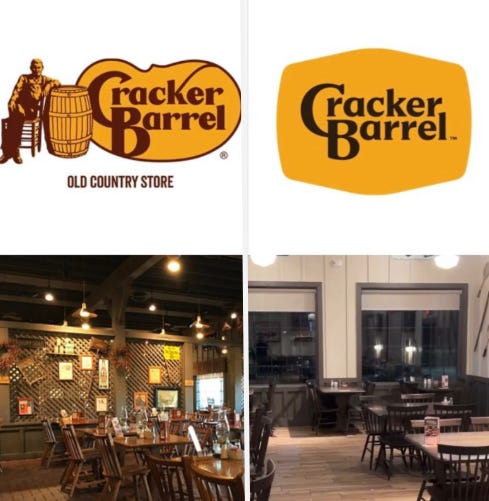
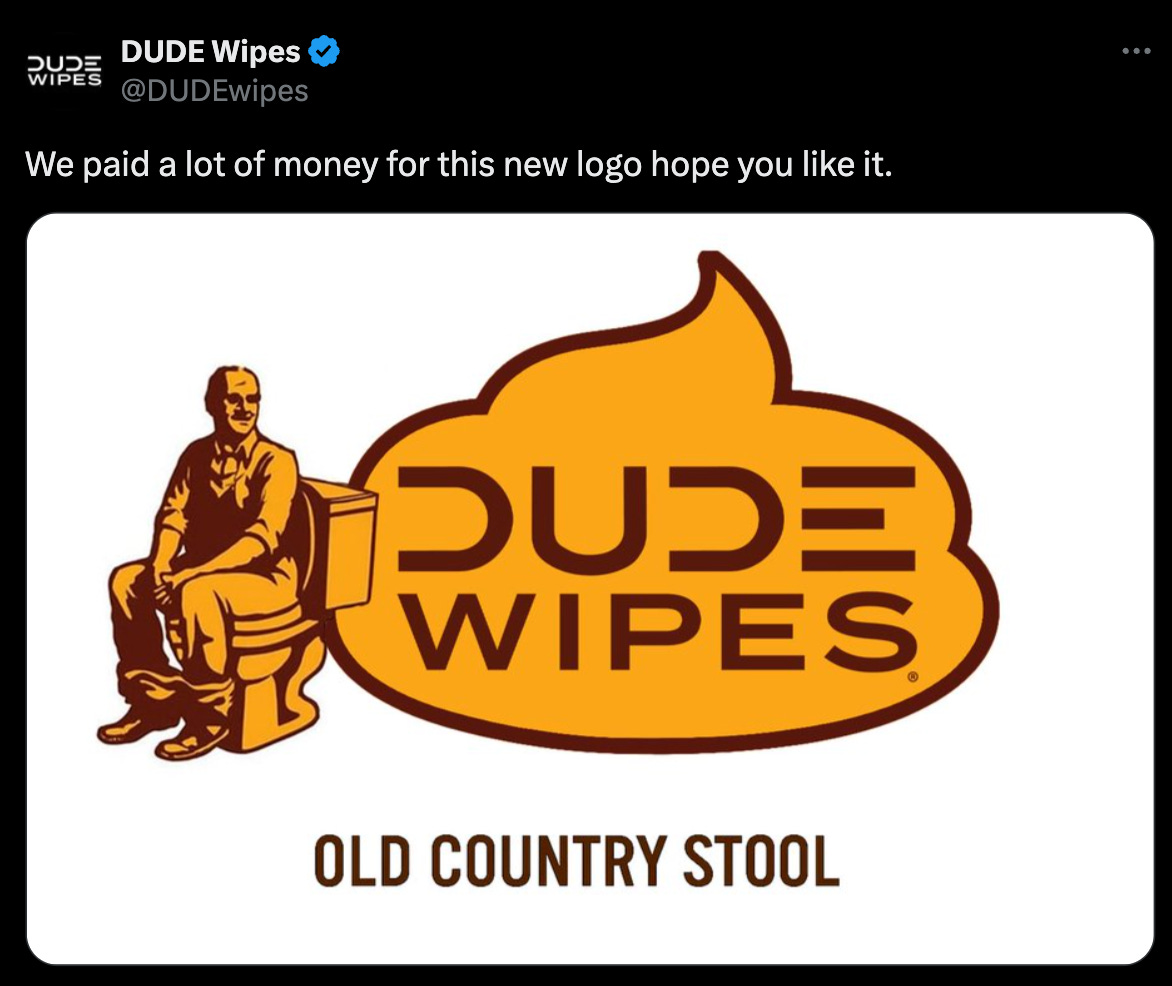
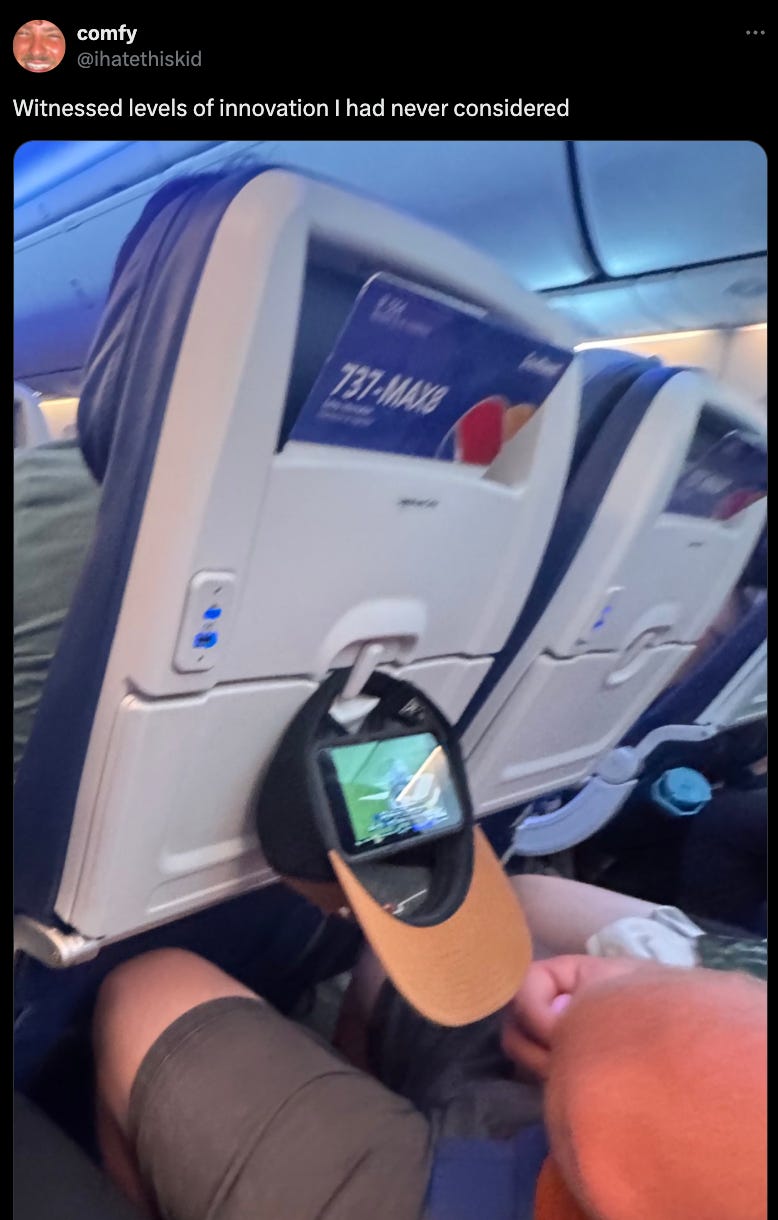
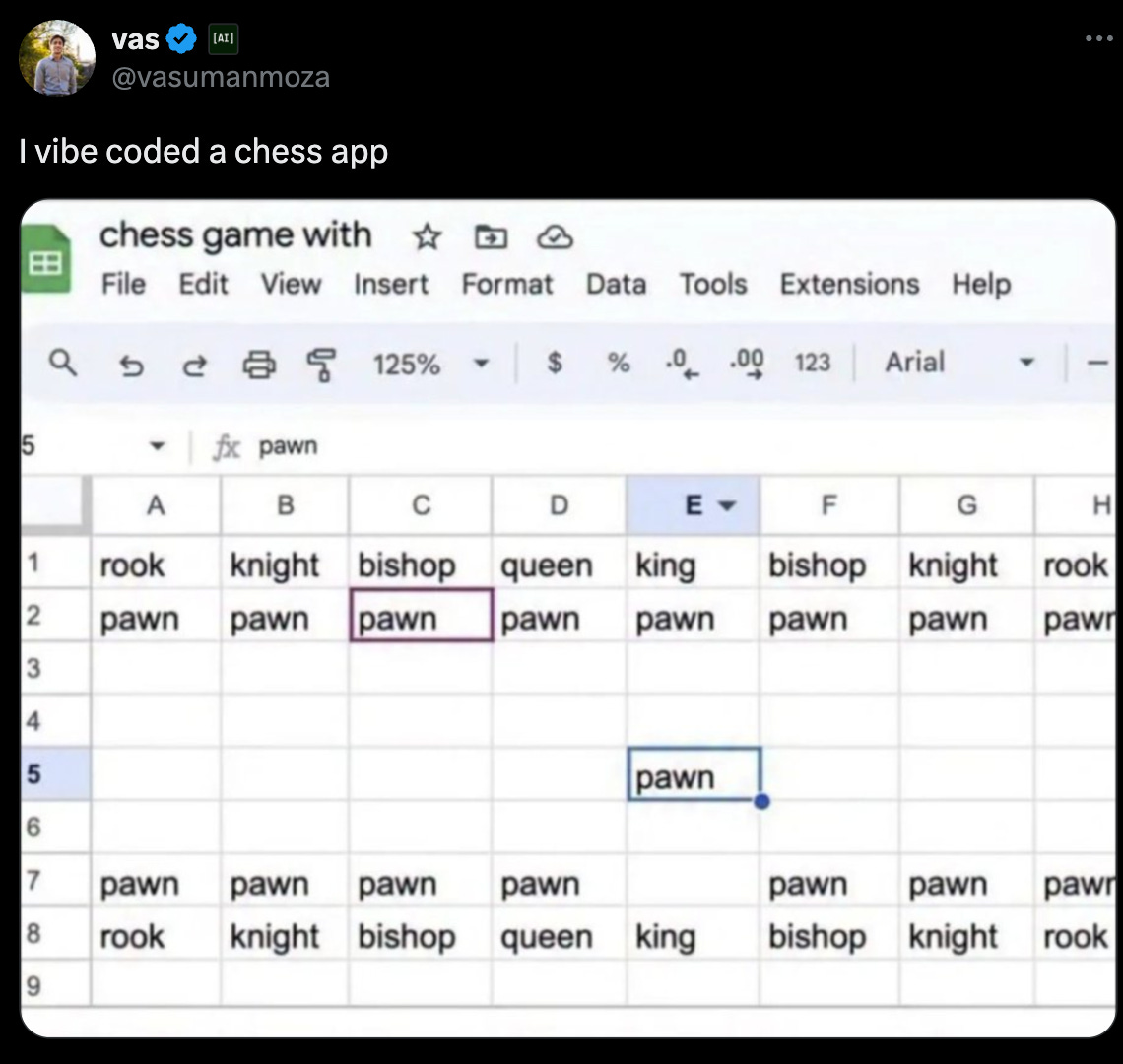
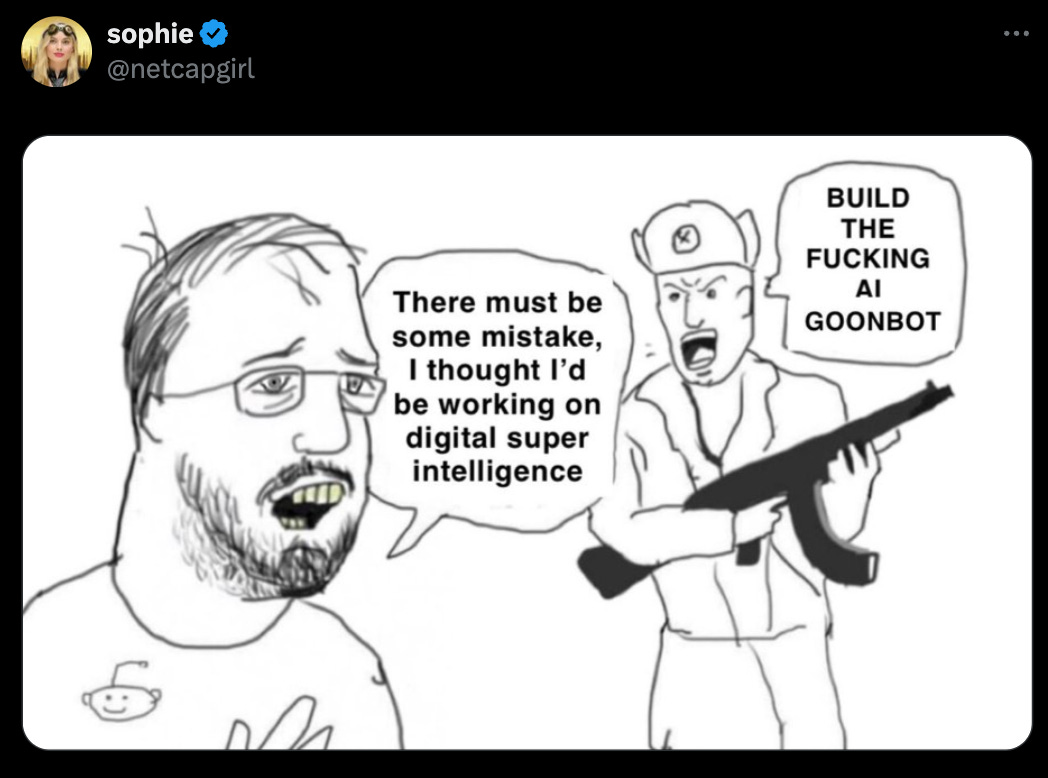


That screenshot looks like my closet. LOL.